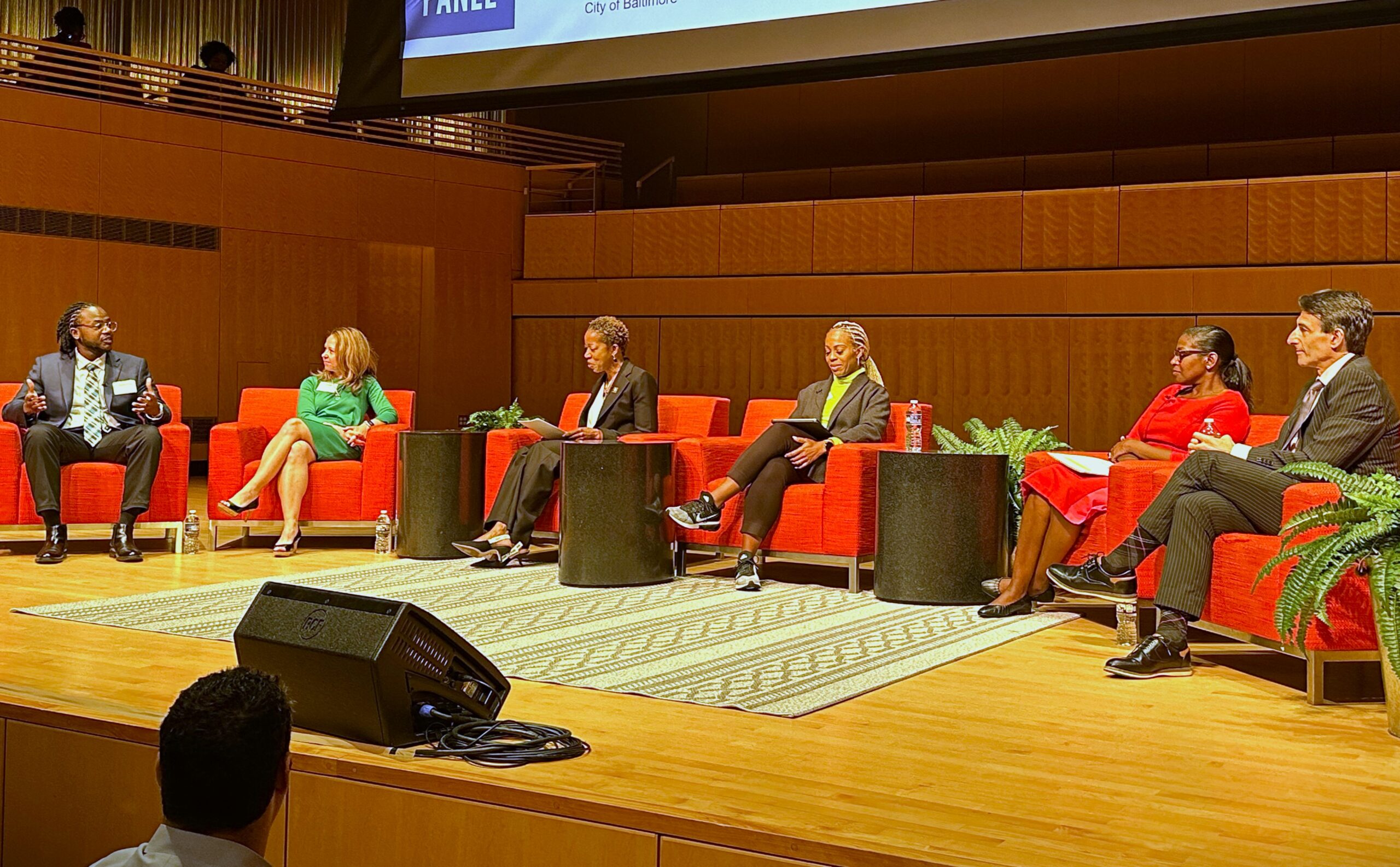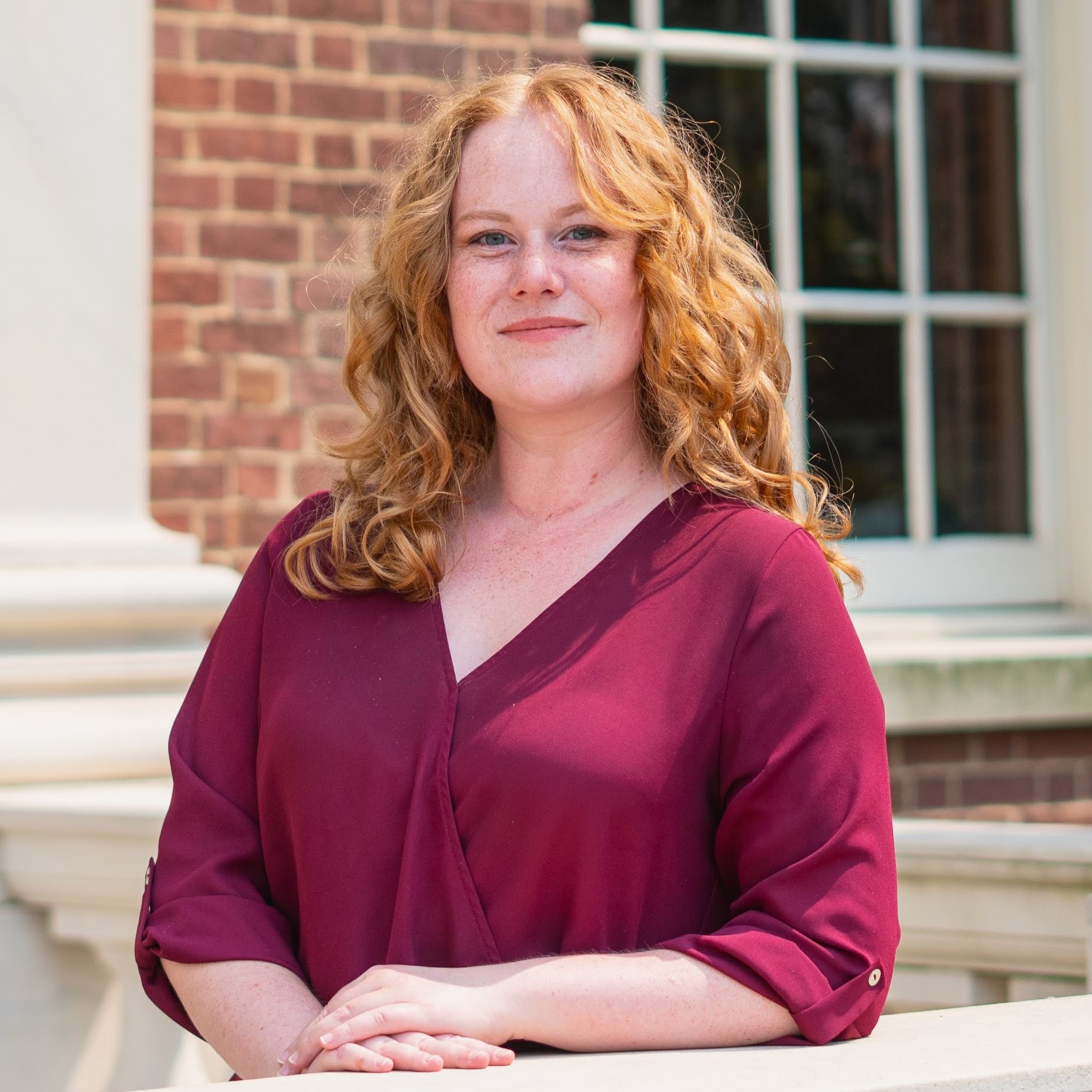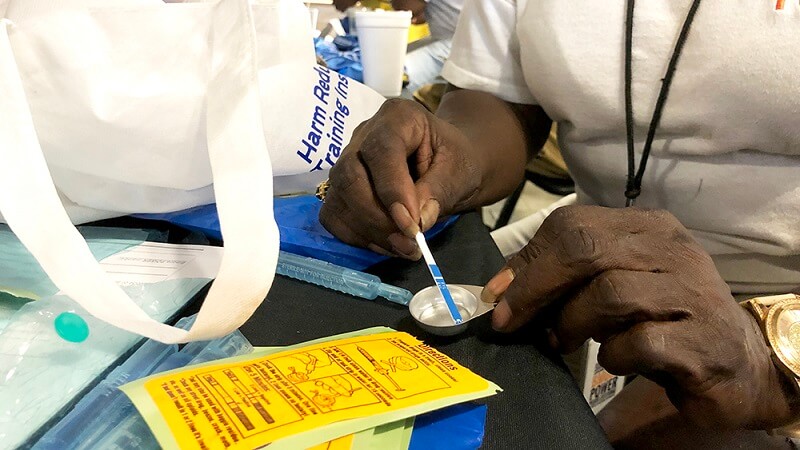Nonprofits, business leaders discuss ways to help nearly 900,000 Md. households struggling to meet basic needs

Government officials, nonprofit leaders and entrepreneurs gathered at the University of Maryland Baltimore County last week to discuss how to uplift some of Maryland’s low-income families following a report that the COVID pandemic increased the number of households who were employed yet still struggled to meet basic needs.
The United Way of Central Maryland met for its 98th annual meeting to discuss the needs and opportunity for low-income employed families. The forum highlighted some of the routes where organization and business can help people who struggle to afford household essentials, especially as COVID-19 increased financial disparities.
“COVID made income disparities and access divides painfully obvious throughout the country, but many of our low-wage workers…were struggling to stay above the poverty line well before the pandemic, and COVID just exacerbated these divides,” said Dr. Letitia Dzirasa, health commissioner for Baltimore.
The panelists focused on what United Way calls “ALICE” households. ALICE is a term used by United Way to identify those who are employed yet still financially constrained, and stands for “Asset Limited, Income Constrained, Employed” individuals.
A recent report from the organization reports that there were 899,798 households that fell below the ALICE threshold, which was an increase of about 70,000 households in 2019, before the COVID pandemic.
ALICE is a different metric than the federal poverty threshold or the Federal Poverty Index, which is often used to identify low-income families. The federal thresholds vary by household size. For example, in 2021 the poverty threshold income for a family of four is $26,500, or $12,880 for an individual.
But there are some concerns about the applicability of that metric and its ability to identify people who could still need financial assistance.
For one, the federal poverty level creates a blanket baseline poverty threshold for 48 states and does not take into account variations in cost of living across the United States except for in Hawaii and Alaska. The federal poverty threshold remains consistent from California to Mississippi, even if those states have vastly different costs of living.
The ALICE metric creates what’s called a “survival budget,” which is the salary needed in each county to afford basic necessities to survive.
The ALICE survival budget in 2021 for a family of four in Maryland is about $81,948, which includes housing costs, child care, food costs, health care, taxes and miscellaneous one-time unanticipated costs. For an individual, the survival budget is around $34,680.
“With the [federal poverty line] as the primary way for policymakers and local stakeholders to gauge the extent of financial hardship in their communities, a huge portion of struggling U.S. households go unrecognized,” United For ALICE says.
Much of the Thursday panel discussed how nonprofits and other organizations can help provide ALICE households with resources to work toward financial stability.
During the panel, Dzirasa said that the city of Baltimore has taken steps to help elevate low-income households, including a program attempts to connect youth with wage-earning opportunities instead of turning to car window-cleaning squeegee services.
Another panelist, Heidi Daniel, president and CEO of the Enoch Pratt Free Library, noted the libraries help provide access to resources such as technology and financial education, art and culture discussions, and digital device rentals, as well as book rentals.
“We know that when people come in our doors, we need to do more than hand them a phone number, give them an email address,” she said. “We need to actually show them how those services work, because otherwise we lose them when they walk through the door.”
The most recent ALICE reports examine data from 2021, in the midst of the COVID pandemic. The report notes that during 2021, nearly 900,000 families were identified as falling under the ALICE threshold, meaning that they did not earn enough to afford the basics in the community where they lived. That’s 38% of households in Maryland in 2021. This includes the 245,077 households that fell under the Federal Poverty Threshold in 2021.
The percentage of ALICE households varied by race, age and marriage status.
About 49% of Black households in Maryland fell under the ALICE threshold. For Hispanic households, about 44% of households fell under the threshold. About 26% of White and Asian households in Maryland fell under the ALICE threshold.
As for age, a large percentage of young Marylanders struggled to pay for basic costs, with only 27% of households under the age of 25 above the ALICE threshold in 2021.
The remaining 73% were below the threshold. Senior Marylanders, above the age of 65, also struggled during the pandemic, with 47% of seniors falling below the ALICE level.
Lisa Hamilton, president and CEO of Annie E. Casey Foundation, said that she was “shocked” to learn that the ALICE report showed a high percentage of young people struggling to afford their needs. Hamilton said that the foundation helps young people, ages 14 to 24, transition into adulthood, which she says is especially important post-COVID.
“We saw so many of them struggling with job losses and with challenges in meeting their basic needs,” Hamilton said during the panel. She noted that in conversation with struggling young people, goals such as achieving higher education and other ambitions are difficult when basic needs aren’t met.
“They said they can’t do those things if we don’t have a safe place to sleep, if we don’t have food on the table, if we don’t have health care or mental health,” she noted.
The percent of Marylanders under the ALICE threshold was relatively consistent across rural and urban areas in 2021 with 39% (28,314 households) and 38% (871,484) falling under the threshold respectively.
While the data is from 2021, families may still be struggling even as the federal health emergency has come to an end.
COVID-era direct assistance programs such as the Child Tax Credit and Economic Impact Payment (stimulus checks) may have helped ALICE households during the height of the COVID pandemic, but these assistance programs have been discontinued despite economic concerns remaining.
“With pandemic assistance waning while significant challenges remain, there are warning signs that the economic situation for households below the ALICE Threshold has worsened since 2021, with sustained high levels of food insufficiency, continued difficulty paying bills including rent, heightened risk of eviction, lack of savings and increased medical debt, and feelings of anxiety and depression,” according to the ALICE report.



 Creative Commons Attribution
Creative Commons Attribution